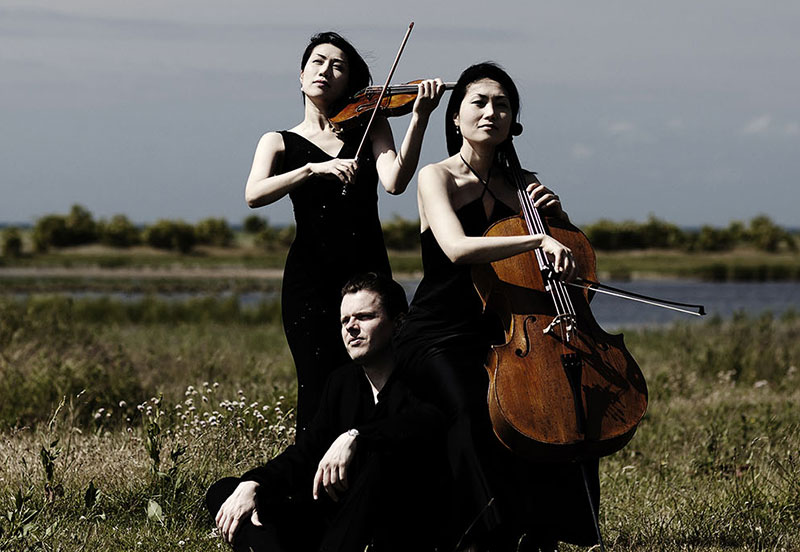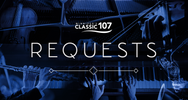Trio con Brio Copenhagen graced the stage of U of W’s Eckhardt-Gramatte Hall on Saturday night, as part of Virtuosi Concerts 25th Season.
If you’ve never seen the Trio in live performance, it doesn’t take long to realize why the ensemble trails behind it such an award-winning legacy. Having studied under performance titans the likes of the Alban Berg Quartet, the Trio has established its own international fame, lighting up major stages across Europe, the US, and Asia. The Viennese Trio, founded in 1999, includes an impressive ensemble of musicians and instruments: Soo-Jin Hong plays a 17th century violin built by Andrea Guarneri; Soo-Kyung plays a Grancino cello; and Jens Elvekjaer is Denmark’s original Steinway artist.
The first thought to invade into my head when Jens set his gigantic hands against the keys for the opening work, Shostakovich’s Piano Trio No. 1 in C Minor, was just how effortless it looked. And I don’t mean to use that word in the way it is typically assigned to virtuoso performances, as a badge of honor after a lifetime of hard practice. When Jens’ claws hit the keys, it was as though they were an extension of the instrument itself. The resonant chords and cascading arpeggios were lifted out of the piano like the glittery tune that we expect to come out of a music box. Wind up the piano and there is Jens playing it, naturally.
The enchantment didn’t stop with Jens’ piano artistry. The post-Romantic rawness of Shostakovich’s Piano Trio No. 1 was pronounced in Soo-Jin’s robust bowing, and supported by the vigorous alto counterpart of Soo-Kyung’s cello. The ensemble moved through the Russian composer’s exhilarating chromaticism with fury, equal parts wild and controlled.
This first half of the program also featured a work from a very different time period - Beethoven’s Piano Trio in E flat major. However, the Shostakovich Piano Trio shares common ground with the Beethoven Piano Trio in terms of the innovative significance it occupied in the composer’s career. In his C Minor Piano Trio, Shostakovich experimented with many of the musical elements that he would use in his later compositions. The story is similar with Beethoven’s E flat Piano Trio, which uses the same significant key (E flat) as Beethoven’s enormous Eroica symphony, composed roughly a decade later. The majestic qualities of Beethoven’s Trio allowed the ensemble to show off their ability to command a performance space - in this case the intimate, sold out setting of Eckhardt-Gramatte Hall. These musicians play together with a profound intensity that demanded the crowds’ attention, but not in any kind of abrasive way. It went without saying that as an audience member at this performance, you would be captivated - as it goes with anything one witnesses that is remarkable and beyond the scope of imagination.
Mendelssohn’s fantastically tumultuous Piano Trio No. 2 in C MInor occupied the program’s second half. Always a crowd pleaser, Mendelssohn’s C Minor Piano Trio (one of only two he wrote) captures an especially dangerous and restless time during the composer’s life. Mendelssohn channeled the stress of his bad health and being overworked to create a fiery tour de force, loaded with an angsty energy. The Trio’s performance of this piece demonstrated their onstage charisma and flair for storytelling: the ensemble succumbed to the agitated character of the first movement, breathed through the melodious lament of the second, soared through the light and poignant scherzo, meandered through the gypsy character of the last movement and finally burst into a redemptive chorale.
And of course, positive conclusions are typically reciprocated with positive feedback: these last dramatic flourishes were immediately met with “Bravos!” and a Standing O from the full house.







